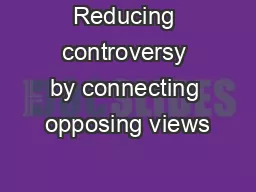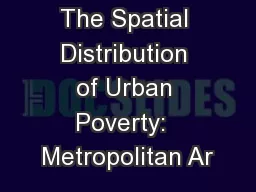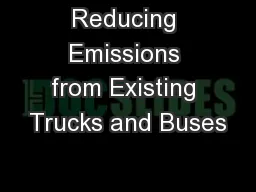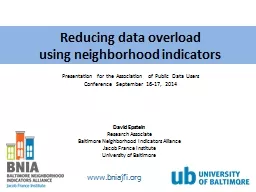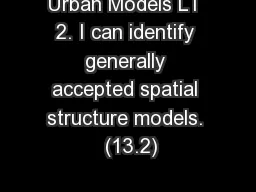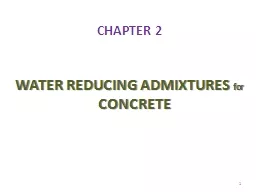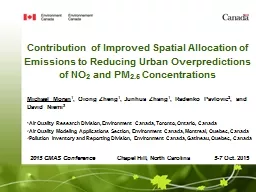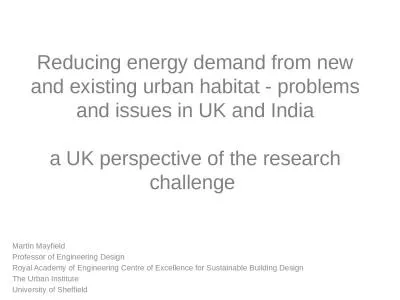PPT-Contribution of Improved Spatial Allocation of Emissions to Reducing Urban
Author : danika-pritchard | Published Date : 2019-02-07
Overpredictions of NO 2 and PM 25 Concentrations Michael Moran 1 Qiong Zheng 1 Junhua Zhang 1 Radenko Pavlovic 2 and David Niemi 3 1 Air Quality Research
Presentation Embed Code
Download Presentation
Download Presentation The PPT/PDF document "Contribution of Improved Spatial Allocat..." is the property of its rightful owner. Permission is granted to download and print the materials on this website for personal, non-commercial use only, and to display it on your personal computer provided you do not modify the materials and that you retain all copyright notices contained in the materials. By downloading content from our website, you accept the terms of this agreement.
Contribution of Improved Spatial Allocation of Emissions to Reducing Urban: Transcript
Download Rules Of Document
"Contribution of Improved Spatial Allocation of Emissions to Reducing Urban"The content belongs to its owner. You may download and print it for personal use, without modification, and keep all copyright notices. By downloading, you agree to these terms.
Related Documents



